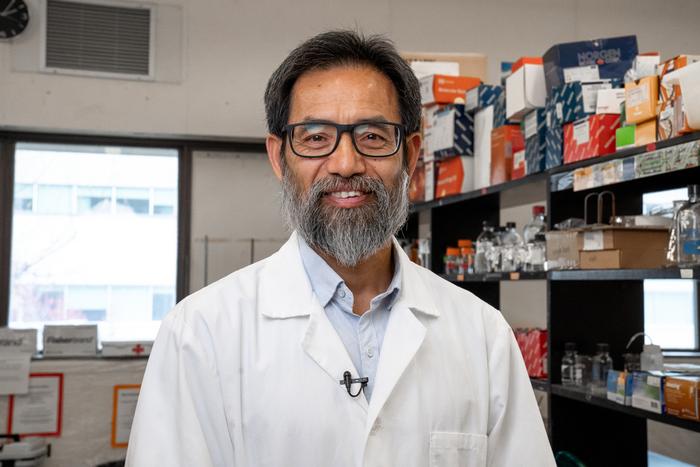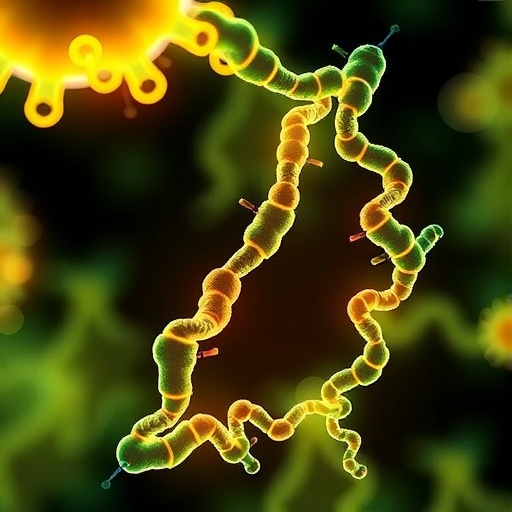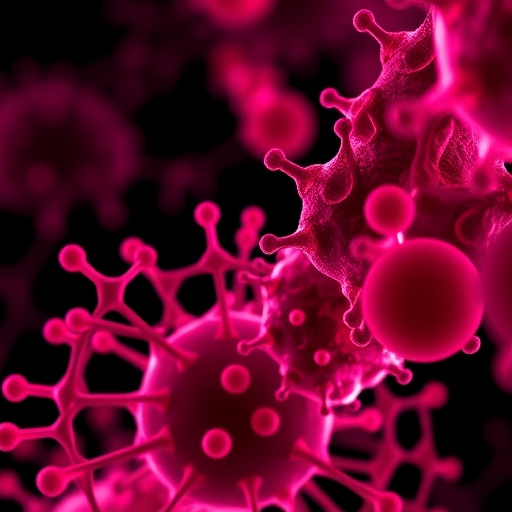New McMaster research has found that a disease-causing fungus — collected from one of the most remote regions in the world — is resistant to a common antifungal medicine used to treat infections.

Credit: McMaster University
New McMaster research has found that a disease-causing fungus — collected from one of the most remote regions in the world — is resistant to a common antifungal medicine used to treat infections.
The study, published today in mSphere, showed that seven per cent of Aspergillus fumigatus samples collected from the Three Parallel Rivers region in Yunnan, China were drug resistant.
Perched 6,000 metres above sea level and guarded by the staggering glaciated peaks of the Eastern Himalayas, the region is sparsely populated and undeveloped, which makes the presence of antimicrobial-resistant strains of A. fumigatus all the more striking for Jianping Xu, who led the study with colleagues in China.
“Seven per cent may seem like only a small number, but these drug-resistant strains are capable of propagating very quickly and taking over local and regional populations of this species,” explains Xu, a professor of biology at McMaster University and a member of the Michael G. DeGroote Institute for Infectious Disease Research. “There is a need for increased surveillance of drug resistance in the environment across diverse geographic regions.”
This study is the third in a trio of related studies by Xu and colleagues. The first study found that approximately 80 per cent of A. fumigatus samples from Yunnan greenhouses were resistant to commonly used antifungal drugs, while the second study determined that around 15 per cent of samples from Yunnan agricultural fields, lake sediments, and forests were likewise resistant.
Xu, whose research also supports the Global Nexus School for Pandemic Prevention & Response, says that while there is increasing evidence supporting the natural development of resistance in the environment, the outward gradation of resistance from greenhouses indicates that these resistant Himalayan strains of A. fumigatus were likely born from the spores of other fungi that were overexposed to agricultural fungicides in other settings.
That these drug-resistant spores could potentially travel to and propagate in such remote areas is concerning for global spread, Xu says.
“This fungus is highly ubiquitous — it’s around us all the time,” he explains. “It is estimated that we all inhale hundreds of spores of this species every day. While it doesn’t always cause noticeable health problems, three to four million people experience disease symptoms caused by A. fumigatus each year. It can be very dangerous — it can lead to lung removal or even death — and now, increasingly, many of these infections will be impacted by drug resistance.”
Already, in conducting other research, Xu has examined identical mechanisms of resistance in strains of fungi found in the Northwest Territories and India — some 10,000 kilometres apart.
“Unlike viruses like COVID-19, fungi don’t need a host to spread,” Xu explains. “They can travel on humans, through trade, and even on strong winds.”
With the latter in mind, Xu will soon head back to the mountainous regions of China to sample the air for fungal spores, which he hopes will add clarity to how these resistant strains are reaching and growing in such remote regions.
Journal
mSphere
DOI
10.1128/msphere.00071-23
Method of Research
Experimental study
Subject of Research
Cells
Article Title
Genetic Structure and Triazole Resistance among Aspergillus fumigatus Populations from Remote and Undeveloped Regions in Eastern Himalaya
Article Publication Date
21-Jun-2023




